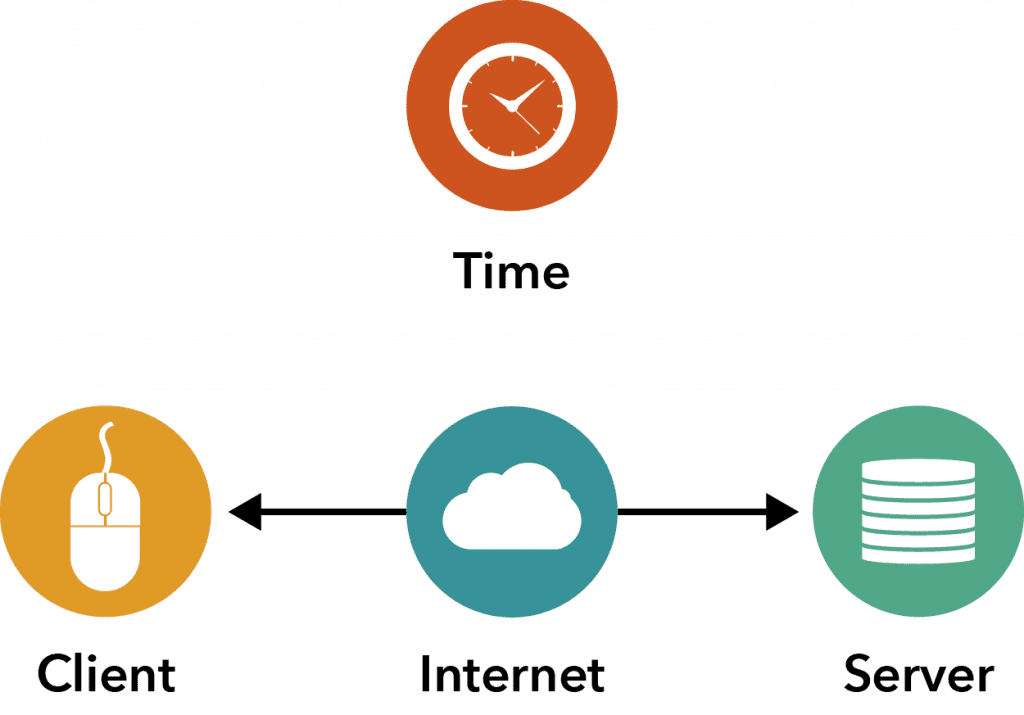The Ultimate Network Optimization Checklist for Your Business
Network optimization includes tools and techniques to improve the performance and reliability of computer networks by making changes to its configuration. It involves adjusting settings on routers, switches, firewalls, and other devices that connect computers in order to improve the flow of data between them. Continuous monitoring of the network performance helps to find areas for improvement. Modern networks can be very complex. There are many factors that can impact performance.
What Is Network Optimization?
Network optimization is an essential part of any business’s IT infrastructure. If you’re running a small business with just one server, then you probably won’t need to worry about optimizing your network. However, as your company grows, so does the number of servers and connections required to support those servers. As a result, you’ll likely find yourself needing to optimize your network at some point.
What Are Some Benefits of Network Optimization?
There are several benefits to network optimization. First, it helps ensure that your business has access to the right hardware and software. Second, it ensures that your employees have access to the right applications and data. Third, it makes sure that your business is able to communicate effectively with other businesses. Finally, it allows you to make better use of your existing equipment by making sure that it’s performing optimally.
Four common metrics in network optimization are:
Packet loss, packet errors, and packet discards – Packet loss happens before a packet reaches its destination. Packet error means there was transmission errors or formatting errors of the packet. A packet discard is when a received packet has a transmission error or format error, or when there is not enough storage space.
Jitter – Jitter is the variation in latency between two systems when packets take longer to travel.
Latency and round-trip time (RTT) – Network latency is how long it takes something to be sent from source to destination. Round-trip time is how long it takes for a request to be sent from source to destination, then from destination to the source, plus the processing time.
Bandwidth and throughput – Bandwidth is the maximum amount of data volume that can be used on a network. Throughput is the amount of data that travels across a network.
Items that can affect network performance:
Size of network – Number of network devices, endpoints, applications, and users.
Distance – Networks than span large distances have speed of light problems.
Change/patch management – Testing new hardware or the patches is always required. If no testing is performed there may be unintended consequences. Never test in production.
